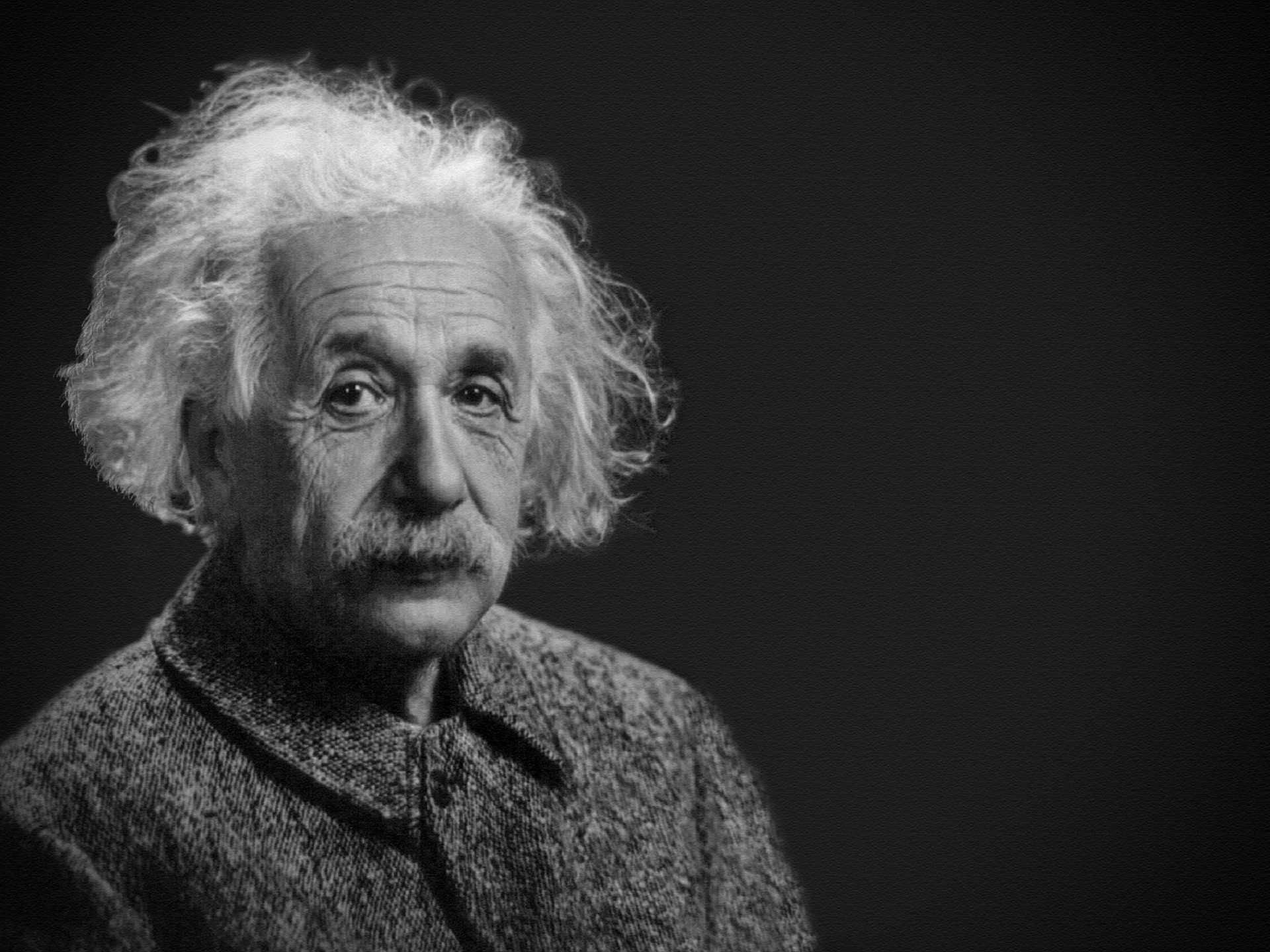"QM Basics 1 : Weird Science"'
<< Dallas,Texas,DEC 8 2023 >> << Re Factored DEC 19 2024 >> At TDM, we have long been captivated by Quantum Mechanics (QM) and its potential implications for military applications. QM is undeniably one of the most complex and counterintuitive branches of science, challenging even the most seasoned minds. While mathematics is integral to this field, we admit that we approach it with a sense of humility—and humor. Our motto, "When the math gets tough, cheat," reflects our unconventional perspective. Despite these challenges, the principles and rules of QM can be understood with a shift in what we define as "normal." In this series of articles, we will use simplified and illustrative examples to explain key concepts, often employing analogies that, while not mathematically or physically precise, convey the essence of the ideas. Welcome to the fascinating world of Quantum Mechanics. The Search for a Unified Framework For the past century, physicists have pursued the elusive "Theory of Everything," a framework that seeks to unify the fundamental forces of nature into a single, coherent model. Often referred to as the Unified Field Theory (UFT), this ambitious goal aims to integrate quantum mechanics, Newtonian mechanics, and general relativity into one comprehensive framework. Unfortunately, this vision remains unrealized. What we do have, however, are three separate and valid frameworks, each excelling in its respective domain. These frameworks can be categorized by the physicists who pioneered them: The Domain of Einstein: This domain addresses phenomena involving extremely large scales (e.g., stars and black holes) and very high velocities (approaching the speed of light). Einstein’s theory of relativity redefines space and time as a unified entity—“space-time”—and governs the physics of the massive and the fast. The Domain of Newton: This is the world we experience daily—the macroscopic realm of falling apples, flying planes, and the passage of time. Here, space and time appear as distinct entities, governed by the classical mechanics introduced by Sir Isaac Newton. The Domain of Heisenberg: This is the quantum realm, dealing with the incredibly small—on the scale of atoms and subatomic particles. It is characterized by uncertainty and unpredictability, where even the past can be indeterminate. This counterintuitive nature of QM sets it apart from our everyday experiences. While the first framework is beyond the scope of this discussion—relevant only to those exploring nuclear reactors, near-light-speed travel, or theoretical time travel—the third framework is both practically significant and endlessly intriguing. QM vs. QFT Throughout this series, you will encounter the terms Quantum Mechanics (QM) and Quantum Field Theory (QFT). While QM focuses on the behavior of individual subatomic particles—such as their position, momentum, and energy levels—QFT provides a broader framework for understanding how all particles interact. Think of QM as studying individual trees, while QFT examines the entire forest. Einstein’s Relationship with Quantum Mechanics Albert Einstein, one of history’s most celebrated physicists, made significant contributions to quantum theory despite his reservations about its implications. Known for his work on relativity, Einstein also laid the groundwork for QM by observing its strange and improbable experimental evidence. However, he was deeply uncomfortable with its probabilistic nature, famously stating, “God does not play dice with the universe.” This skepticism illustrates the challenge of reconciling QM with intuitive understanding. Despite Einstein's discomfort, QM has proven to be one of the most rigorously tested and successful scientific theories. Its predictions have consistently aligned with experimental evidence, cementing its status as a cornerstone of modern physics. Heisenberg and the Uncertainty Principle Werner Heisenberg revolutionized quantum physics in the early 20th century with his formulation of the uncertainty principle. Published in 1927, this principle posits that certain pairs of properties, such as position and momentum, cannot be simultaneously measured with absolute precision. This concept fundamentally challenged the deterministic worldview of classical physics, emphasizing the inherent probabilistic nature of the quantum realm. Heisenberg’s groundbreaking work earned him the Nobel Prize in Physics in 1932. Schrödinger and Wave Mechanics Erwin Schrödinger, another pioneer of QM, introduced wave mechanics, providing a mathematical foundation for understanding the particle-wave duality of subatomic particles. His famous Schrödinger equation, published in 1926, offered a predictive framework for quantum behavior and laid the groundwork for the probabilistic interpretation of the wave function. Schrödinger's contributions earned him the Nobel Prize in Physics in 1933. Quantum Properties Relevant to Military Applications Before delving into the military implications of QM, we will explore four key quantum properties that are particularly relevant: Particle-Wave Duality The Uncertainty Principle Particle Superposition Particle Entanglement These properties are central to understanding QM’s potential applications and its profound impact on our understanding of the universe. TDM invites you to fasten your seatbelt as we embark on this exploration of Quantum Mechanics—a journey that promises to be as enlightening as it is unconventional. References Stephen Hawking & Leonard Mlodinow, The Grand Design, Bantam Books,2012 Jakob Schwictenburg, No-Nonsense Quantum Mechanics, No-Nonsense Books,2020

